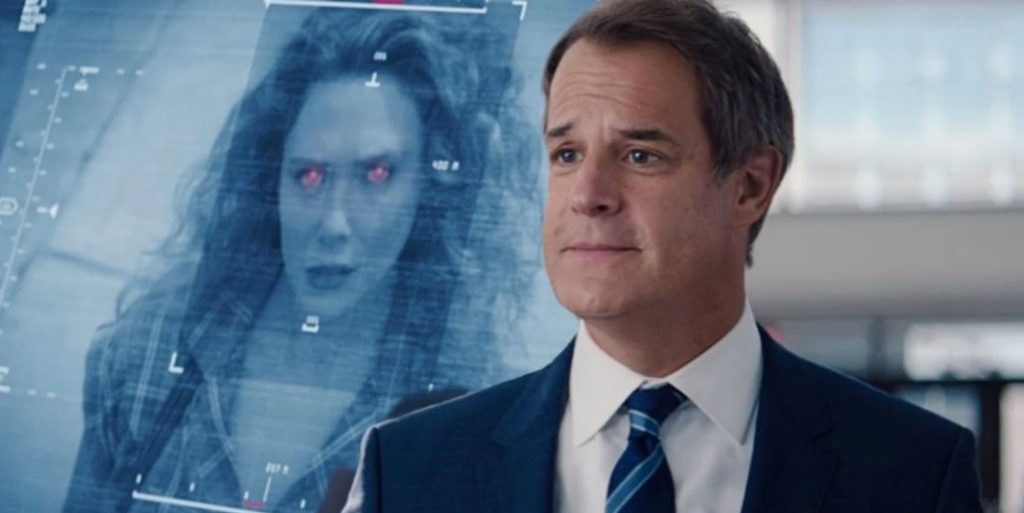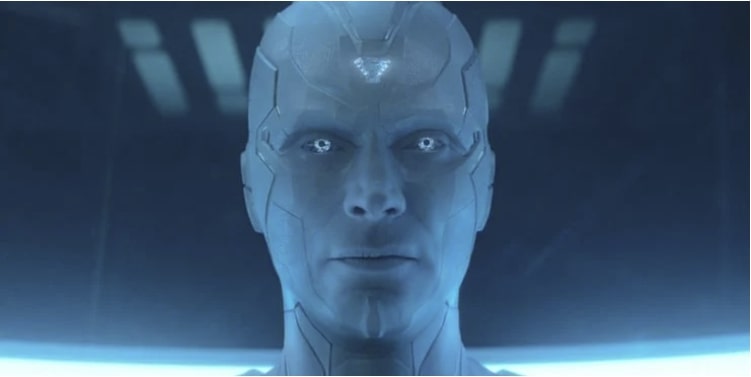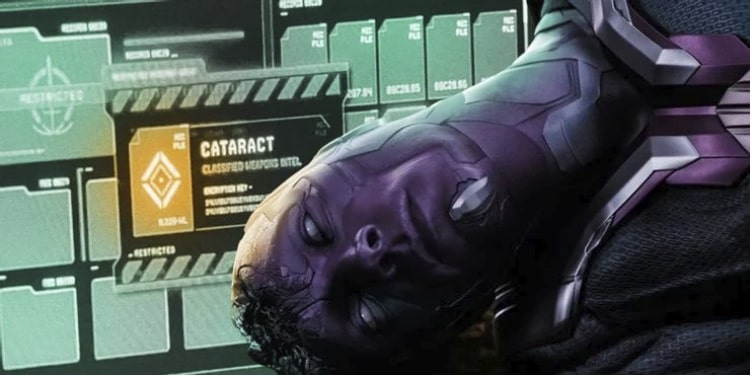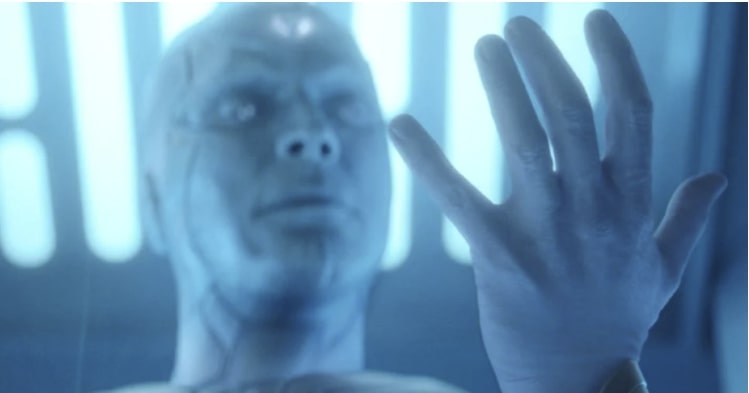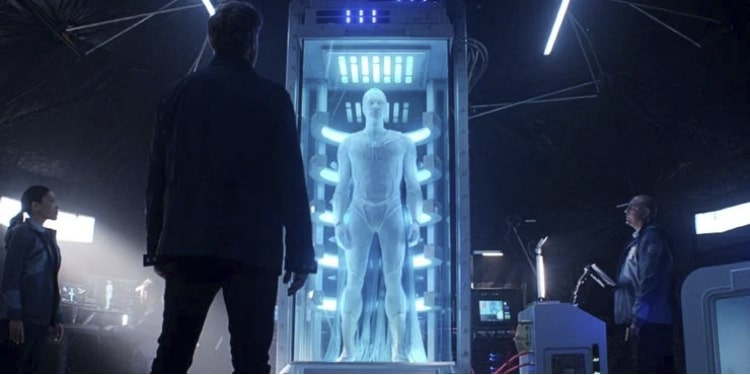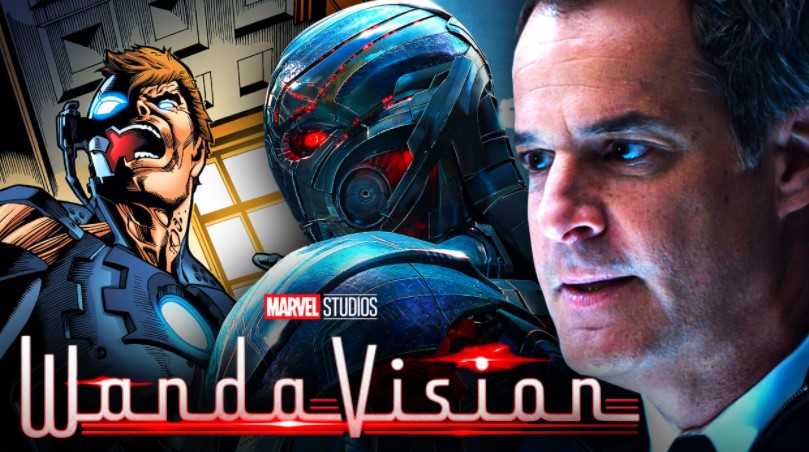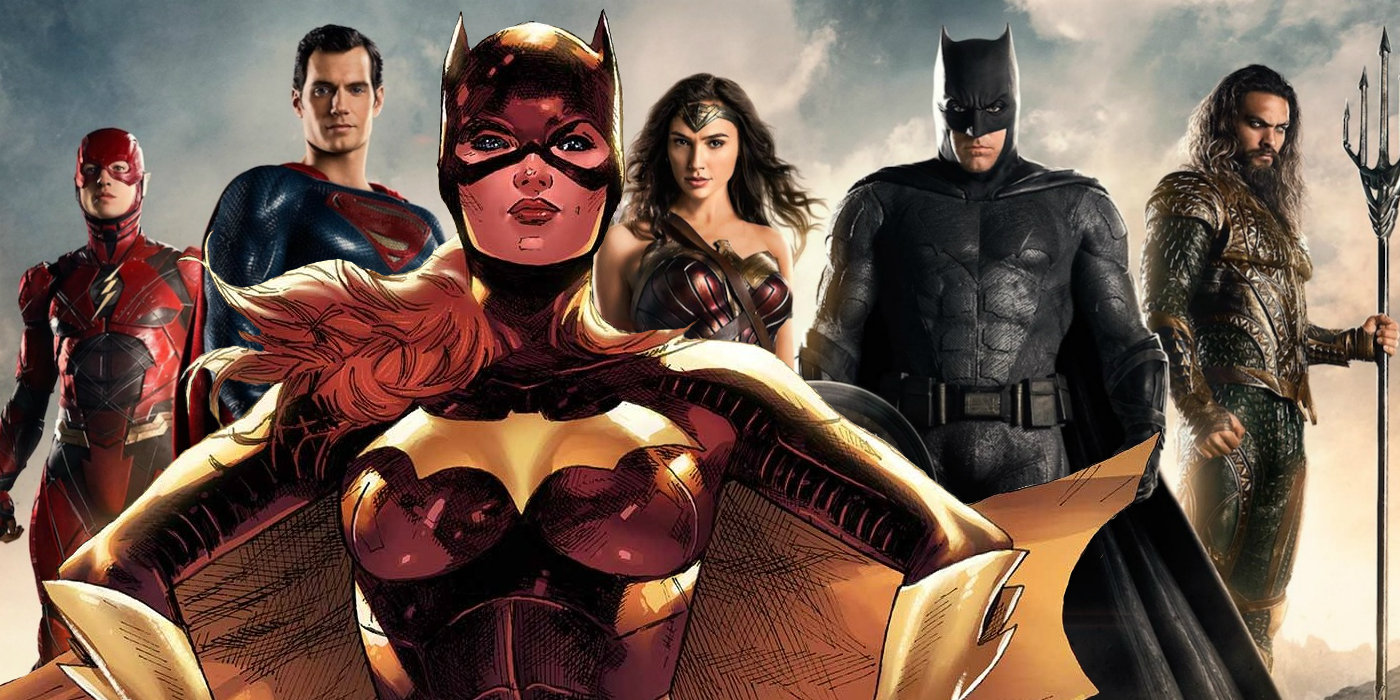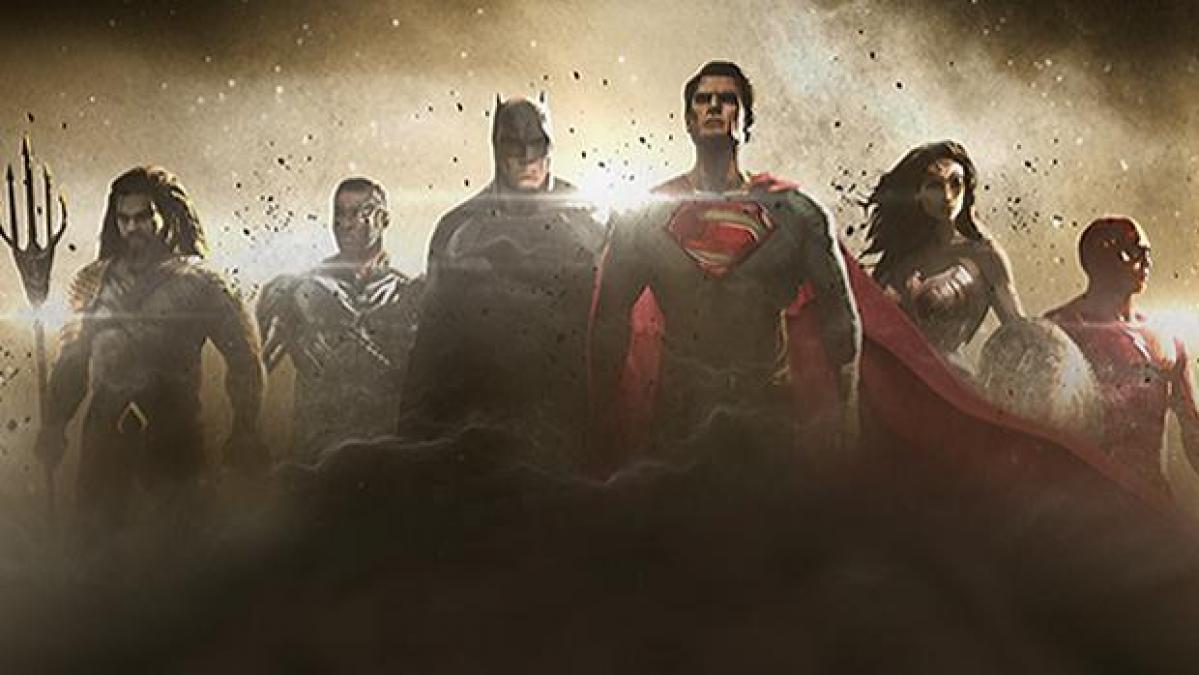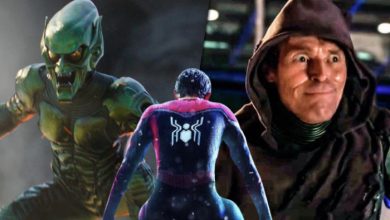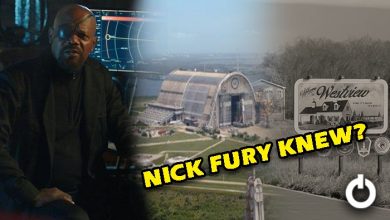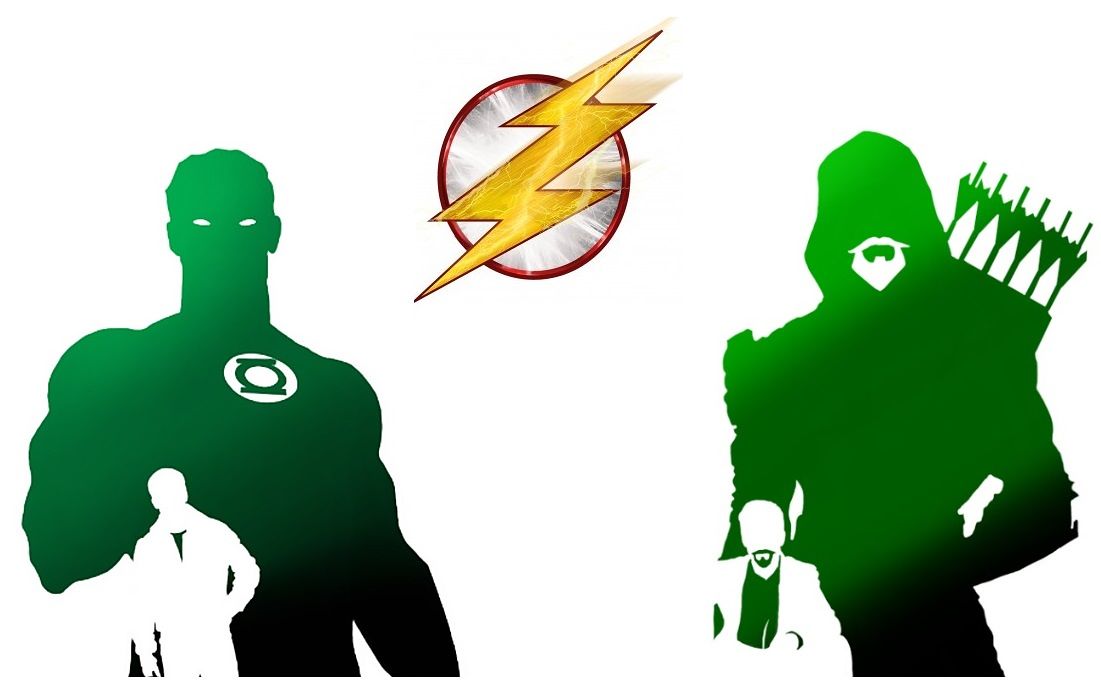WandaVision: Episode 8’s Mind-Blowing Post-Credits Scene Explained
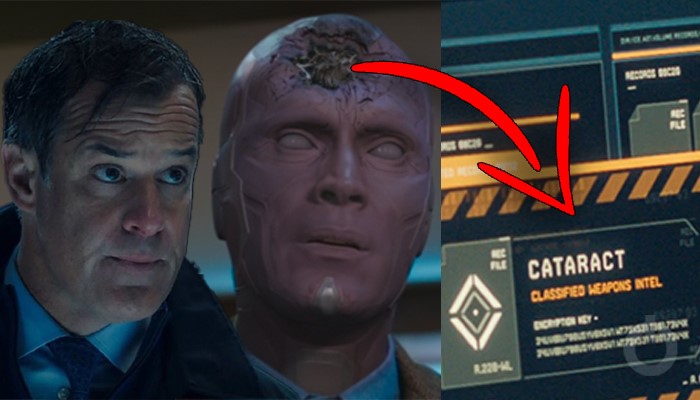
**SPOILERS AHEAD**
WandaVision Episode 8 Post-Credits Scene:
WandaVision released its second-last episode and the show is not the same anymore. WandaVision episode 8 introduces S.W.O.R.D.’s true sentient weapon, the White Vision who is clearly set up for an intriguing, no doubt devastating showdown with the “real” Vision (Wanda’s version) and Scarlet Witch in the finale. The character’s shocking introduction was the clever pay-off to Acting Director Hayward’s almost buried tease in episode 7 of Project Cataract being ready as Monica Rambeau prepared her own attempt to infiltrate Wanda’s Hex.
The white Vision is the latest in a long line of superheroes being forced to fight versions of themselves: even beyond the limits of the MCU, Wolverine, Superman and The Arrowverse’s Flash have all battled dark inversions of themselves. It’s an easy, spectacular go-to for a story universe that so often includes journeys of self-discovery. For Vision – and indeed for Wanda – this version of Vision is a reminder that if not for their remaining humanity, amplified in no small part by their Avengers family, either of them could have been no more than weapons for someone else’s use. Indeed, that was the intention for both when Wanda was created by HYDRA’s experiments in Sokovia and Vision was created by Ultron as his final, probably unstoppable form.
SWORD calling their secret project Cataract should have been a big giveaway: the word not only implies “imperfect vision” but also suggests the removal of a white gloss to eyes. That eerie effect was exactly what came over the synthezoid when Thanos killed him and undoing it is what revives him, in a parallel to a real cataract operation. Hayward is a clever, devious man. That much is clear from the fact that he falsely implicated Wanda in Vision’s theft (a ruse so clever he included a tracker on Vision that is not only illogically but possibly also impossible) in order to vilify her Wanda and justify his own project. Because, fundamentally, Cataract needs a reason to exist and perversely, Hayward has weaponized Wanda’s grief which his reveal of Vision’s corpse pushed over the edge.
The version of Vision created by Project Cataract is an imperfect one, at least in the eyes of Wanda (and MCU fans of the character). It is, effectively, a blank slate, tied inherently to the Vision Quest comics are created by John Byrne in the late ‘80s. Just as Vision was reborn without emotion and any sense of his “soul”, S.W.O.R.D.’s version is clearly rebuilt without any of the inconvenient quirks of the real Vision like morality, humanity, and a will for self-discovery. He is a mere machine, programmed by his masters to enact missions without anything that made Vision more human than robot. As his death proves in Infinity War, Vision’s color is linked directly to his vitality: when he dies, he loses his pigment, almost as if he’s drained of his blood. The chilling implication there is that the new S.W.O.R.D. Vision is a lifeless abomination.
Vision’s fight with himself will not be the first time an MCU hero has faced off against an alternate version of themself: Hulk and Iron Man fought Mr Hyde-like inversions of themselves in Tim Roth’s The Abomination and Iron Monger but even more pointedly Captain America fought himself in Endgame and so too did Nebula. The MCU has a long fascination with the idea of facing heroes off against dark mirror versions of themself. Vision’s is slightly more poignant however because of the synthezoid’s quest to be more human. His living will be mentioned earlier in WandaVision as an expression of his fear that someone would do to his corpse exactly as S.W.O.R.D. has in Project Cataract, using his parts for nefarious reasons and specifically developing a weapon from him.
In both the comics and WandaVision, the white version of the android lacks everything that made Vision more than the sum of his technological parts, and ultimately, the impostor stands as a monument to why Vision was right to fear the misuse of his corpse. Vision’s white appearance almost played heavily into his MCU appearance as Marvel Studios Head of Visual Development Ryan Meinerding revealed unused concept art for him that used a combined white and gold aesthetic, but that look was also inspired by the comics.
In John Byrne’s 1989 arc Vision Quest, the synthezoid loses his color when he is disassembled in response to seizing control of America’s nukes by an international task force led by Cameron Brock. Ultimately, it turned out that Vision was being manipulated by Immortus (an alt-universe version of Kang the Conqueror) but he was taken apart and studied by Vigilance, Brock’s taskforce.
